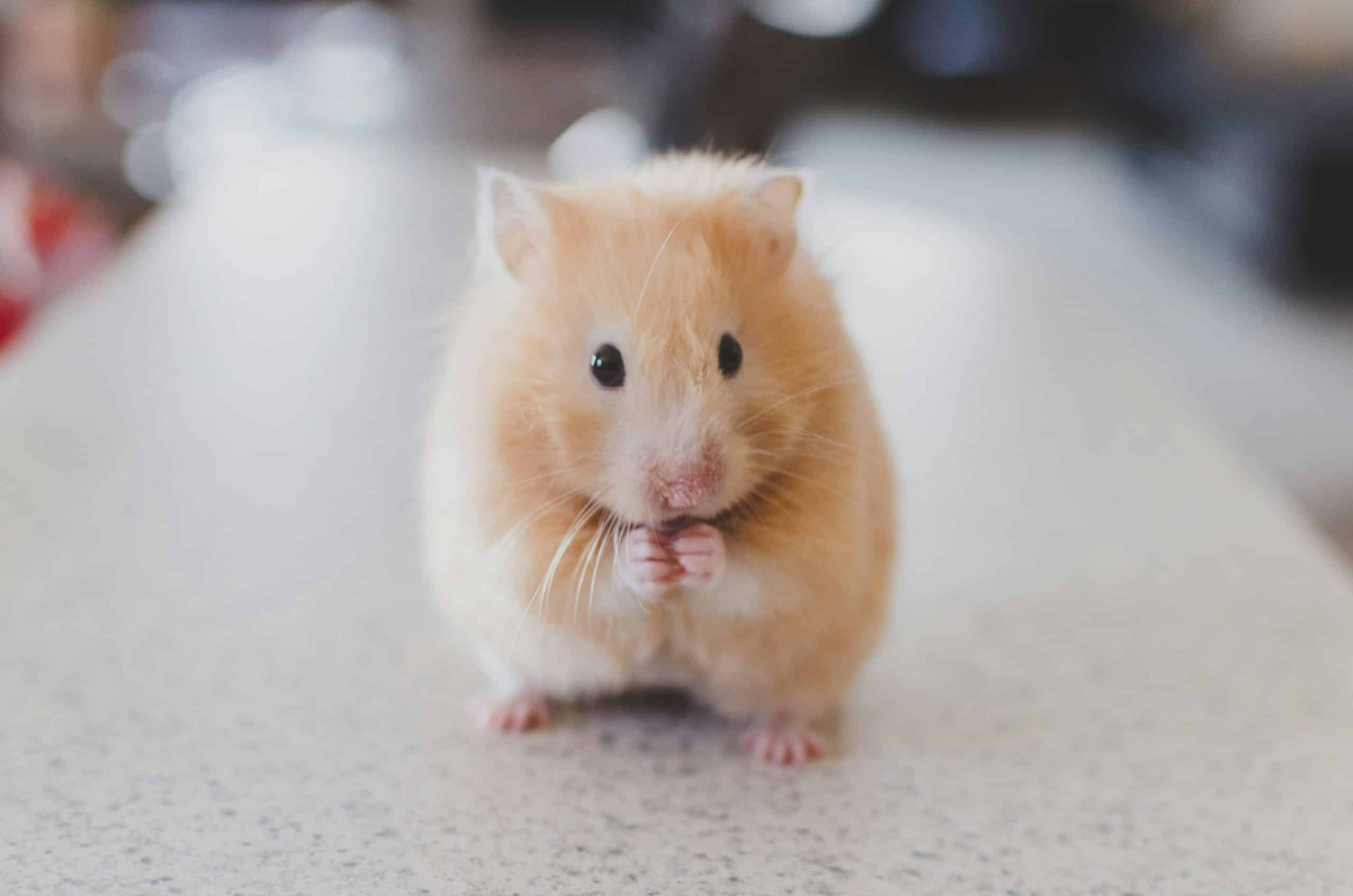As pet owners, you may often wonder why your little furry friend – the hamster – sometimes makes daring escapes from its cage. This behavior is perplexing and a cause for concern especially if you’ve invested in high-quality hamster cages, ensured they have plenty of space, and fed them with their favorite seeds and food.
This article aims to unravel the mystery behind hamsters’ escapades, how to prevent them, and the best ways to keep your hamster happy and content in the comfort of its cage.
Avez-vous vu cela : What are the signs of a happy fish?
The Inherent Nature of Hamsters
Before delving into the details of why your hamster may be plotting an escape, it’s essential to understand the inherent nature of these cute critters. Hamsters are naturally curious and active animals. In the wild, these small mammals cover huge distances each night in search of food and exploration. They are also experts at tunneling, burrowing complex networks of underground tunnels to hide from predators and stockpile food.
When you confine hamsters to a small cage, they might feel restricted and bored, prompting them to seek escape. Also, keep in mind that hamsters have excellent gnawing skills, and can easily chew through less sturdy materials, so the type of cage you use matters as well.
Cela peut vous intéresser : Can dogs eat fruits and vegetables safely?
Assessing Your Hamster Cage
The first step in preventing escapes is assessing your hamster’s cage. Ensure that the cage is large enough for your pet. Hamsters, especially Syrian hamsters, require a lot of space to move around, play, and exercise. A lack of space can cause stress and boredom, leading to escape attempts.
While checking the cage size, don’t forget to inspect the cage’s security. Hamsters are clever creatures and can often find ways to escape through small openings or gaps. Make sure all the doors and windows of the cage are securely fastened. If the cage has any kind of damage or loose parts, your hamster could exploit these weak points to escape.
Creating a Stimulating Environment Within the Cage
Just having a large and secure cage isn’t enough. You need to create an enriching environment within the cage to keep your hamster engaged. This includes providing it with various toys and activities that mimic its natural behavior.
A wheel is a must for every hamster cage as it allows your pet to run and expend energy. You can also add tunnels, hiding places, and chew toys for your hamster. In addition, incorporating different types of bedding for digging and burrowing can create a more natural environment for your hamster.
Providing a Balanced Diet
Just like humans, hamsters also need a balanced diet to stay happy and healthy. They are omnivores and require a variety of different seeds, grains, fruits, and even some proteins. If your hamster is not receiving a balanced diet, it might try to escape in search of food.
Be sure to provide fresh water daily, and avoid feeding your hamster with harmful human food. Treats should be given sparingly, and your hamster’s main diet should consist of store-bought hamster food that is nutritionally balanced.
Regular Interaction and Bonding with Your Hamster
Last but not least, regular interaction and bonding are critical in making your hamster feel loved and content. Hamsters can recognize their owners and even show affection in their own way. If they feel neglected or bored, they might attempt to escape their cage.
You can interact with your hamster by taking it out of the cage for a while each day (under supervision, of course), talking to it, or gently petting it. Be patient and give your hamster time to get used to you. Over time, your hamster will start to associate your presence with safety and comfort, and it will be less likely to escape.
To summarize, hamsters are naturally curious and active creatures. They might attempt to escape their cages due to a lack of space, boredom, an unbalanced diet, or a lack of interaction. However, with proper care, attention, and understanding of their needs, you can keep your hamster content and prevent escapades.
Additional Measures to Prevent Hamster Escapes
Now that we have discussed some of the primary reasons why hamsters escape their cages, let’s look at some additional measures that you can take to prevent this from happening.
Syrian hamsters, for instance, are known climbers and might try to scale the sides of their cage. Other varieties like dwarf hamsters are diggers and might look for ways to burrow under the cage bedding. Therefore, it’s essential to understand the specific traits of your hamster breed and adapt the cage setup accordingly. For climbers, a cage with higher walls could be beneficial, while burrowers may appreciate a deeper layer of bedding to satisfy their digging instincts.
However, keep in mind that these are just preventive measures. The ultimate goal is to make the cage environment as stimulating and comfortable as possible, so your furry friend doesn’t feel the need to escape.
One thing to remember is that hamsters are nocturnal creatures. This means they are most active during the night. They may attempt to escape if they don’t have enough activities to keep them engaged during these hours. You can prevent this by adding an exercise wheel to the cage, which will allow your hamster to keep active while you are sleeping.
Finally, if you ever find your hamster missing from its cage, don’t panic. A lost hamster can usually be found within close proximity of its cage. You may have to patiently wait for it to emerge from its hiding spot, or lure it out using its favorite food. Remember, hamsters are more likely to come out when it’s quiet and dark, so try searching during the night.
Conclusion
In conclusion, hamsters will naturally attempt to explore and find ways to escape their cages due to their inherent curiosity and active nature. However, a hamster escape doesn’t necessarily mean you’re doing anything wrong as a pet owner. It’s merely a sign that some adjustments may need to be made in terms of cage size, security, diet, stimulation, or interaction.
The key is to understand your pet’s needs and behaviors and provide a living environment that is both secure and stimulating. This will help ensure your hamster feels content and comfortable, reducing the likelihood of escape attempts.
Remember, every hamster is unique, and what works for one might not work for another. Don’t be disheartened if your hamster tries to escape. Instead, see it as an opportunity to learn more about your pet and find the best ways to keep your hamster happy inside its cage.
Keeping a hamster is a fun and rewarding experience. However, it requires patience, understanding, and a willingness to adapt to your hamster’s specific needs. With the right care and attention, your hamster will be less inclined to escape its cage and more likely to enjoy its home with you.






